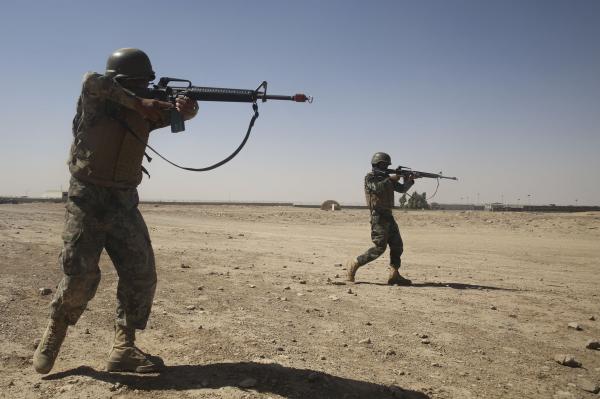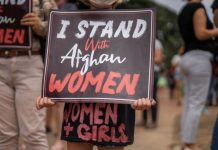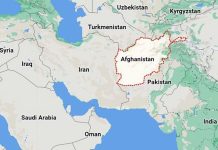
May 25 (UPI) — The U.S. government’s 17-year effort to stabilize and rebuild Afghanistan after toppling the ruling Taliban has been largely unsuccessful, a watchdog report released Thursday said.
The report by the Special Inspector General for Afghanistan Reconstruction, responsible for monitoring U.S. efforts to rebuild Afghanistan, said the $4.7 billion spent to stabilize parts of the country was largely wasted due to unrealistic expectations, a short timeline, a lack of support form U.S. government agencies and government infighting.
“Unfortunately, SIGAR’s overall assessment is that despite some heroic efforts to stabilize insecure and contested areas in Afghanistan between 2002 and 2017, the program mostly failed,” head of SIGAR John Sopko said at an event Thursday.
Much of the $4.7 billion spent to stabilize parts of Afghanistan freed from Taliban rule had the opposite effect, as funds were ultimately siphoned off by corrupt officials.
“The large sums of stabilization dollars the United States devoted to Afghanistan in search of quick gains often exacerbated conflicts, enabled corruption, and bolstered support for insurgents,” the report states. “By fueling corruption and the population’s disillusionment with its government, the coalition undermined the very government it sought to legitimize and drove support for the insurgency.”
The report also states that President Barack Obama‘s decision to send 50,000 more U.S. troops to clear the most dangerous parts of Afghanistan of insurgents in 2009 and 2010 contributed to the overall failure.
Troops were sent in with plans for them to clear insurgents from the communities, have civilians to stabilize and build in them afterward.
The so-called surge was intended to create a hold on the area that would discourage the Taliban from returning, but was limited to 18 months. A lack of security left the locals unconvinced they would be able to protect themselves from insurgents if they returned and the brief time period didn’t give insurgents enough time to take over, SIGAR said.
“These two decisions — to prioritize the most dangerous parts of the country and to draw down forces on timelines unrelated to conditions on the ground — had a profound and harmful impact on countless downstream decisions regarding stabilization planning, staffing, and programming,” the report states.
The report finds that the United States “greatly overestimated its ability to build and reform” Afghanistan’s government within the given time and didn’t properly adapt their plan to the country.
“Even under the best circumstances, stabilization takes time. Without the patience and political will for a planned and prolonged effort, large-scale stabilization missions are likely to fail,” the report states.






